-1060x400w.jpg)
The floor mat - A humble piece of gear with an essential role in countless settings. While seemingly simple, the components that constitute a floor mat bear testimony to an impressive blend of materials science, engineering, and design. This fusion contributes to the ability of floor mats to ensure safety, cleanliness, and even aesthetic appeal in various spaces, from commercial buildings and industries to residential homes. At the heart of these capabilities lies one crucial element: the material of the mat.
In this blog, we delve into why material selection is so critical for floor mats.
.jpg)
Material Matters
The primary function of a floor mat is to serve as a barrier between foot traffic and the floor, protecting both the floor surface and the people walking on it. This multifaceted role requires materials that possess a range of properties, from durability and resistance to wear and tear, to absorbency and slip resistance. The choice of material directly affects these attributes and ultimately determines the performance, lifespan, and even the aesthetics of the floor mat.
Walking through Different Materials
Various materials are used in the production of floor mats, each with its distinct advantages, suitability, and range of applications. Let's explore some of the commonly used ones in the industry.
.jpg)
Rubber: Known for its resilience, durability, and excellent grip, rubber is a popular choice for floor mats, particularly for high-traffic, outdoor, and industrial areas. Its resistance to water, chemicals, and temperature fluctuations adds to its suitability for demanding environments. Anti-fatigue mats often contain rubber due to their cushioning properties that alleviate strain from standing for prolonged periods.
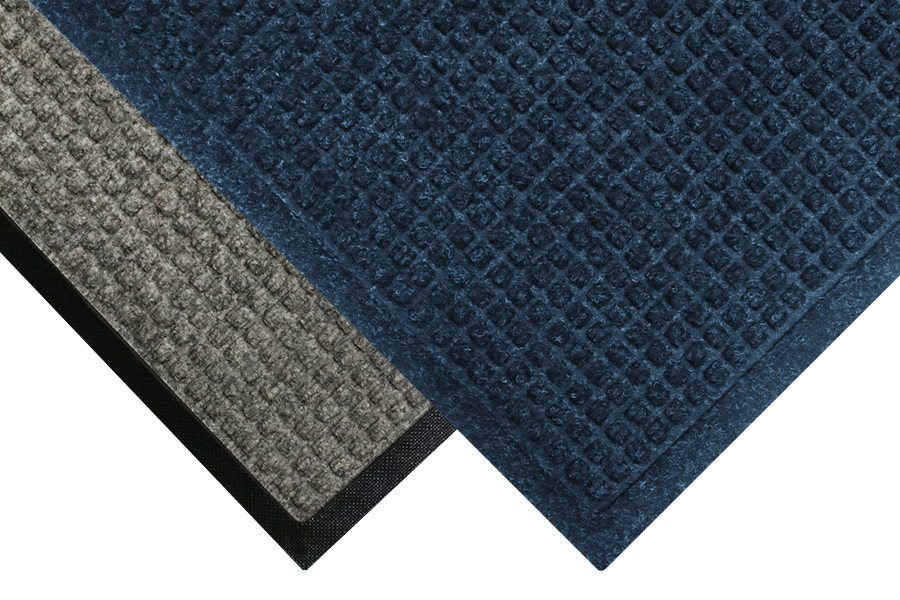
Polypropylene: This synthetic material is favored for its excellent dirt and moisture-trapping ability. Polypropylene mats are often used indoors, including entrance areas, to keep interiors clean. These mats are also UV-resistant and easy to clean, enhancing their longevity.
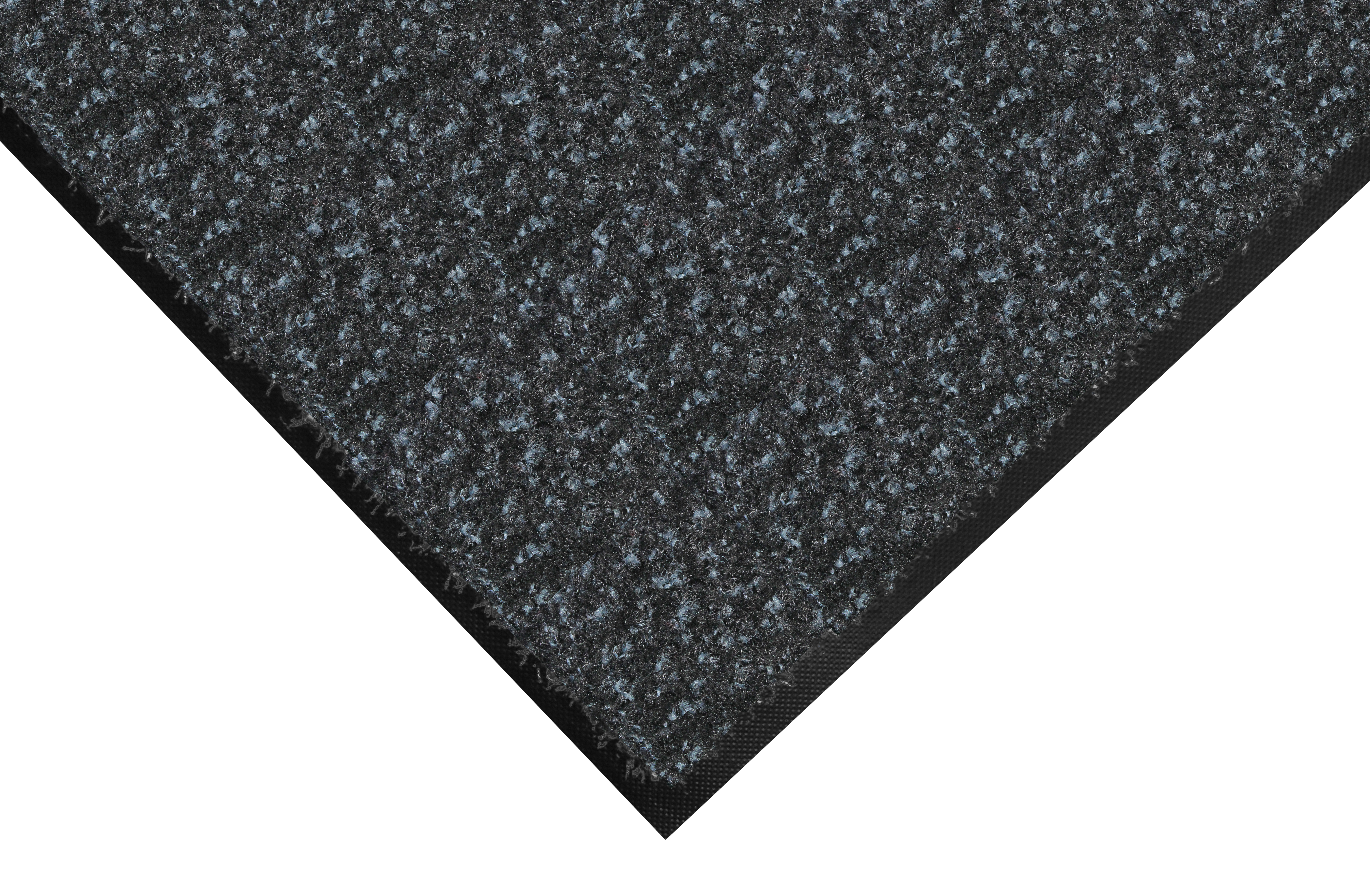
Nylon: Praised for its durability and resilience, nylon is often found in carpeted floor mats. Its ability to withstand heavy traffic while retaining its appearance makes it a choice material for commercial and residential applications where aesthetics are valued alongside functionality.
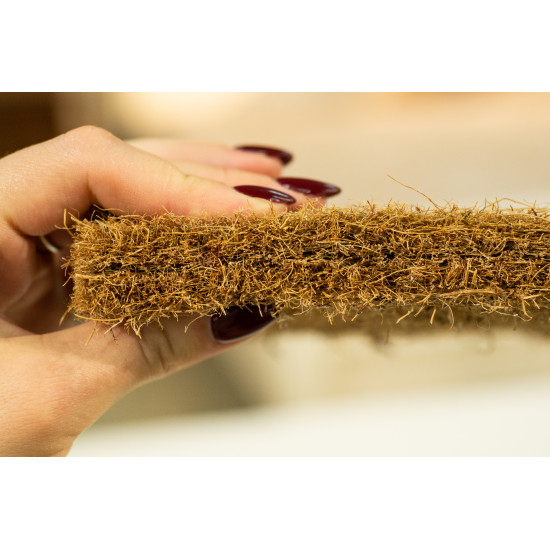
Coir: Made from the husks of coconuts, coir mats are an eco-friendly choice. Coir's rugged texture effectively scrapes off dirt from shoes, making it ideal for outdoor entrances. Its natural, rustic look also adds aesthetic appeal.
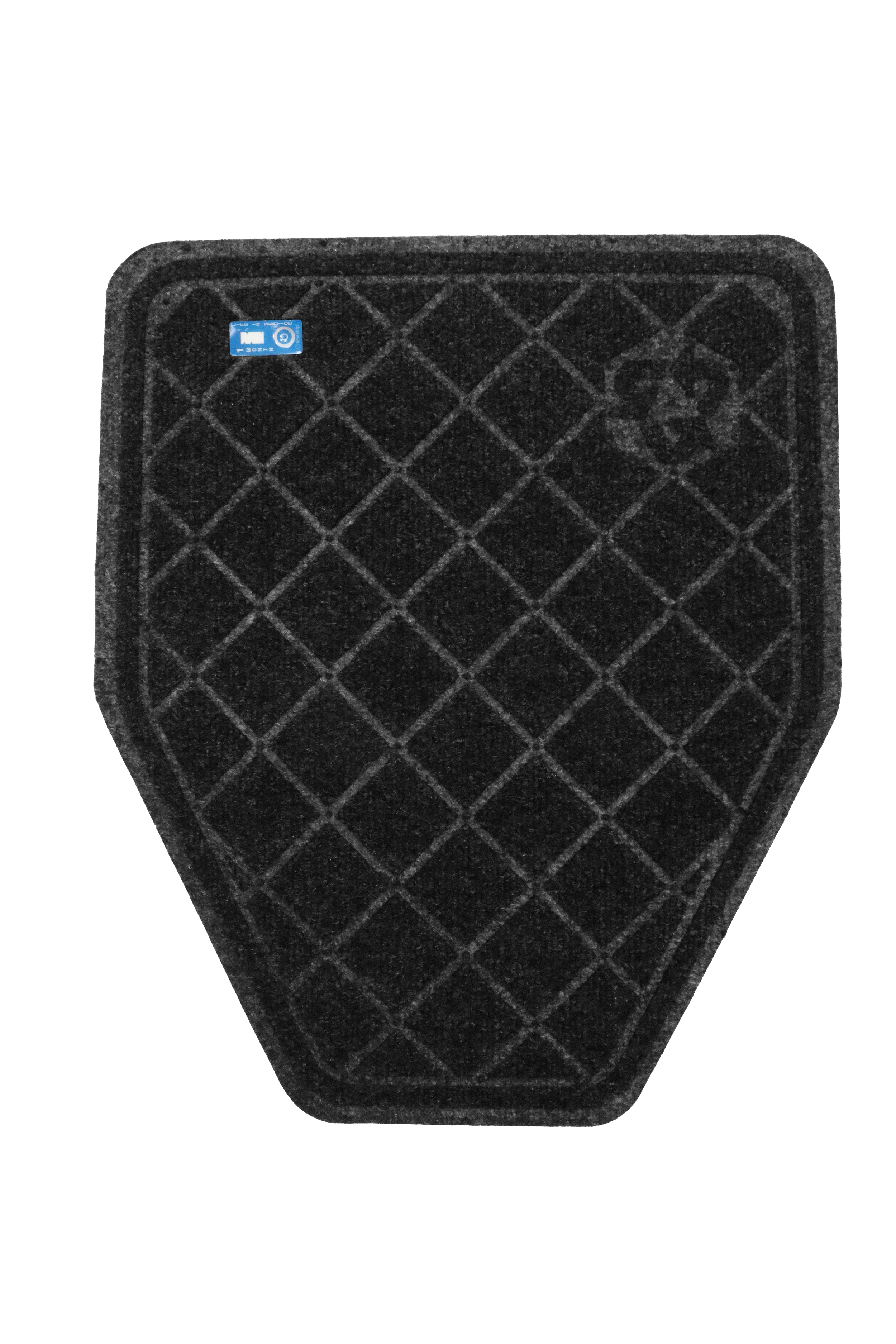
Microfiber: Known for its super absorbency, microfiber is commonly used in mats placed in wet areas, such as kitchens and bathrooms. Its ability to quickly dry and prevent water from seeping onto the floor reduces slip hazards.
Material and Safety
A significant aspect of floor mat functionality is ensuring safety, particularly slip resistance. The material choice heavily influences this attribute. Rubber and certain synthetic materials excel in providing anti-slip surfaces and backing that keep mats firmly in place, reducing the risk of accidents. Mats designed for wet areas often have highly absorbent materials like microfiber to quickly wick away moisture and minimize slip risks.
The Aesthetic Angle
While safety and functionality are paramount, aesthetics is an increasingly recognized factor in floor mat selection. The material choice impacts the look and feel of a mat. Nylon and polypropylene, for instance, offer a wide range of color options and patterns, contributing to the mat's visual appeal and overall interior design.
Material Defines the Mat
The significance of material selection in floor mat production is undeniably paramount. It dictates the mat's ability to meet its fundamental objectives - to safeguard surfaces and people and to enhance aesthetic appeal. Whether it's the durability of rubber, the absorbency of microfiber, or the pleasing aesthetics of nylon, each material brings its unique benefits to the table.
Understanding these elements and how they align with specific needs is key to making an informed choice. Whether you are a facility manager of an industrial complex, a small business owner, or a homeowner, recognizing the importance of material can guide you in selecting the perfect floor mat for your setting.
As the floor mat industry continues to innovate and evolve, the exploration and adoption of new materials promise an exciting future. Yet, amid this change, one thing remains constant - the pivotal role of materials in shaping the effectiveness and success of floor mats. And that's a fact we can all stand firmly on.

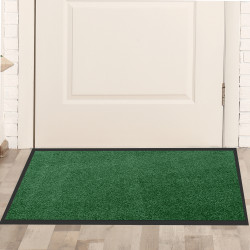
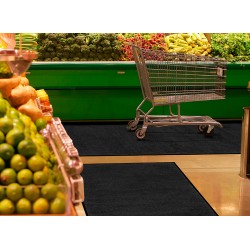

-250x250.jpg)
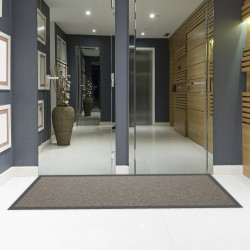
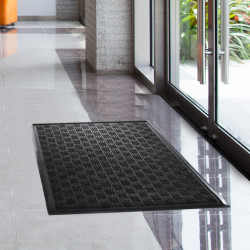
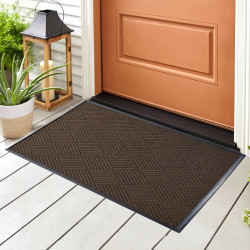
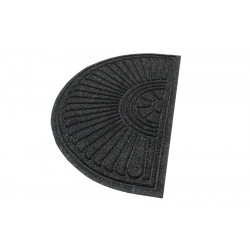

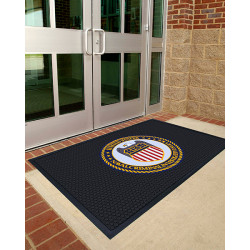
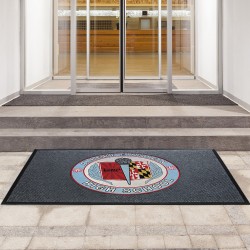
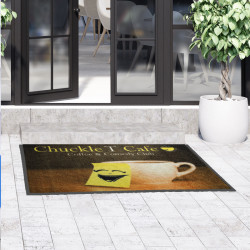
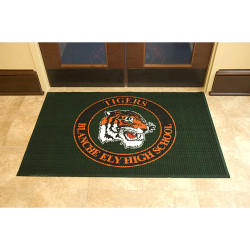
-250x250w.jpg)

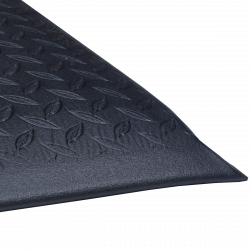
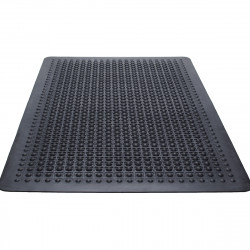

-250x250.png)

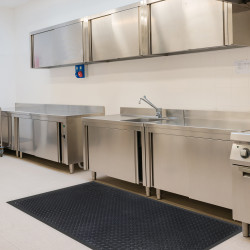
1 Comment(s)
I am opening a coffee shop later this month, and for my new business, I was thinking of placing a welcome floor mat by the entrance. I appreciate your advice when you told us to go with floor mats made from rubber and synthetic materials since they are known to excel when it comes to providing anti-slip surfaces and enough backing to keep the mats in place. I'll be sure to remember this while I look for where we can find welcome floor mats soon to place in my coffee shop.
Leave a Comment